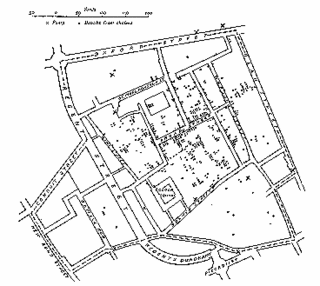There has been an interesting posting on Ok-Cancel…about the “end of WYSIWYG (what you see is what you get)??”…also you will find ‘Usability Gurus’ talking about this amazing idea used in ‘Outlook 12’...
“Ok…so?? This is same as ‘Previews’ we used to see…” so what the whole fuss about??? I have been using softwares like ‘Photoshop CS’ and ‘3D Studio Max’ and I’m not excited about this ‘WYGIWYS’ (what you get is what you see) because these software are doing this for quite some time…
The question is how far can this paradigm go…its easy to show commands like “Bold”, “italics” or (filters as in Photoshop)…what about “Save”, how about “Send Message”, how about “Inserting an Image”…command like “Break”…how to show a process??? It can show the end result??? How to use it when VISUALLY nothing changes – Export, Save, Print, Zoom…how will we show DELETE in preview??? So can we say WYSIWYG is OUT???? I don’t think so…
But a mix of BOTH…well I must admit…‘very interesting’… TO put it metaphorically design is like a game of ‘Quake’…there are lots of ‘guns’…where every gun has its own specialty…so when an enemy comes…one has to decide what gun is effective to tackle that enemy…it’s the same in UI…every design issue has a gun…you have to decide the right gun and shoot the problem…but saying a ‘Rocket launcher’ is better than a ‘Shot gun’ is not fair…as both solve different issues… :)
To add the great “Ribbon” tool bar…why can I have commands on my work space??? Why do I have to go on top header to click a tool…why can’t I have the tool bar a Right Click (right next to the place in am typing or working???)
You may find my ideas foolish or childish….but that’s ok… :)
Have a good day…



